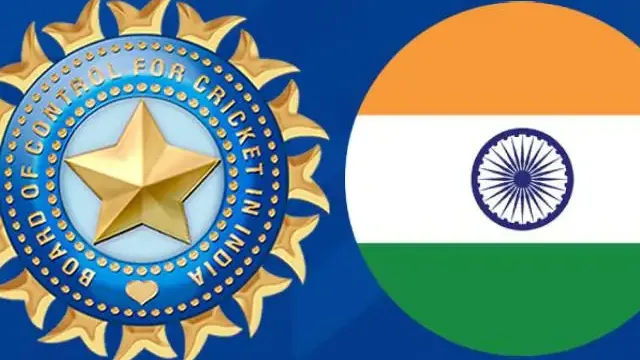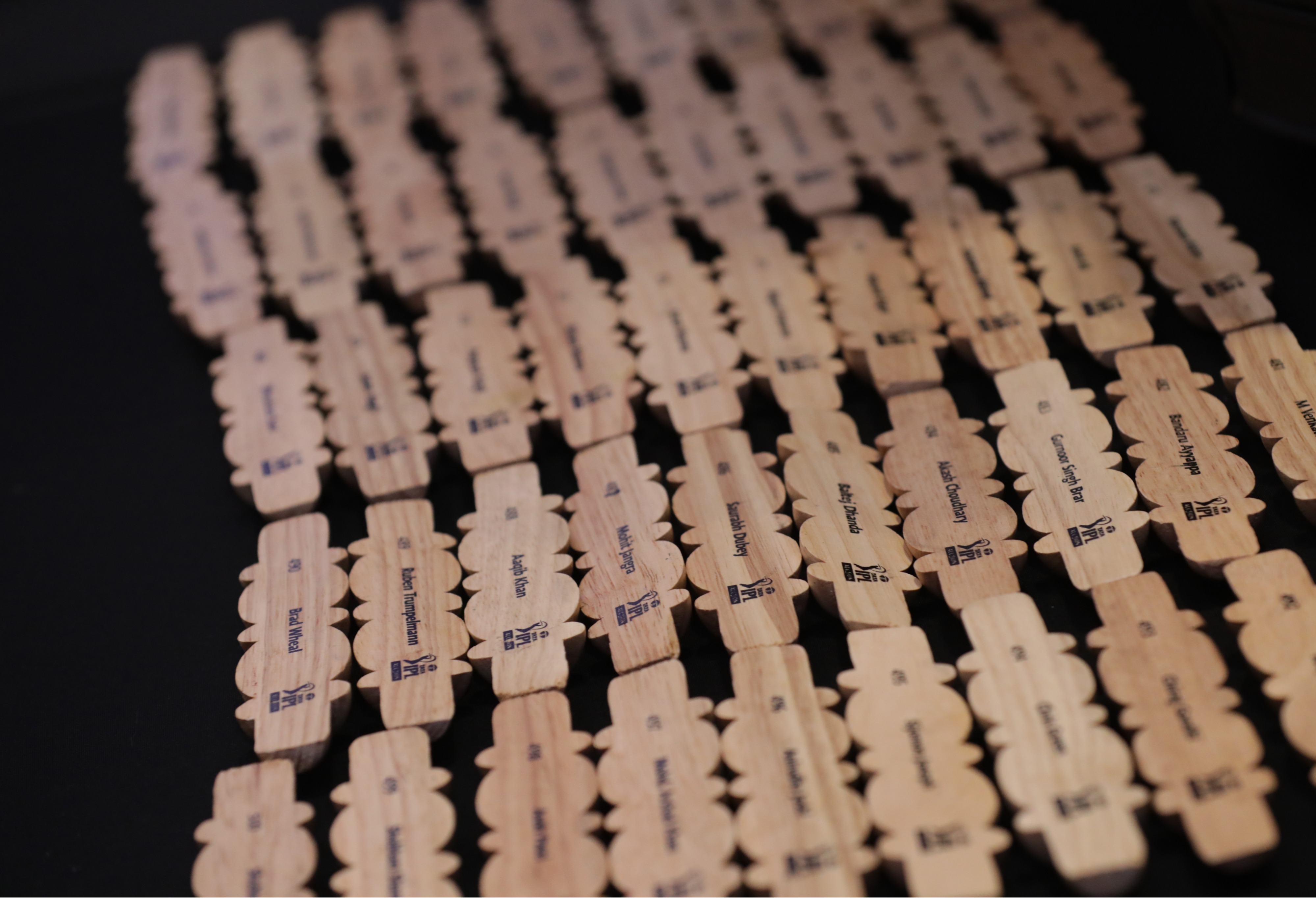23. APPENDIX 5 – THE CRICKET TESTING PROTOCOLS
14 Mar, 2017
23. APPENDIX 5 – THE CRICKET TESTING PROTOCOLS
14 Mar, 2017
2. ANTI-DOPING RULE VIOLATIONS
9. AUTOMATIC DISQUALIFICATION OF INDIVIDUAL RESULTS
14. PUBLIC DISCLOSURE AND CONFIDENTIALITY
18. AMENDMENT AND INTERPRETATION OF THE RULES
20. APPENDIX 2 - THE PROHIBITED LIST
21. APPENDIX 3: SUMMARY OF MAJOR MODIFICATIONS AND EXPLANATORY NOTES
22. APPENDIX 4 – THE 2017 MONITORING PROGRAM
23. APPENDIX 5 – THE CRICKET TESTING PROTOCOLS
APPENDIX 5 – THE CRICKET TESTING PROTOCOLS
PREAMBLE
The following protocols are designed to supplement the International Standard for Testingand Investigations as necessary to reflect the specificities of cricket. They are not intended to amend or contradict the International Standard for Testing and Investigations. In the event of any conflict between these protocols and the International Standard for Testing and Investigations, the latter shall prevail.
In addition to the definitions set out in Appendix 1, for the purposes of this Appendix 5, the following definitions will also apply:
Doping Control Officer (DCO)means any official who has delegated responsibility for the on-site management of Sample collection at a Match.
Lead DCO means the DCO with overall responsibility for coordinating the on-site management of Sample collection at a Match.
Match Refereemeans the person officially appointed to fulfil the duties of a ‘Match Referee’ at any Match.
BCCI Representativemeans the Anti-Doping Manager (or his/her appointed designee) or any other BCCI representative duly authorised to carry out the duties set out in this Appendix 5.
Team Manager means the manager of a cricket team participating in a Match (or his/her designated representative).
1. The selection of Cricketersfor In-Competition Testing (ISTI Article 4.4.1)
1.1 Pursuant to Article 5.1.1 of the Rules and Article 4 of the International Standard for Testing and Investigations, the Board of Control for Cricket in India “the BCCI” shall be responsible to draw up a test distribution plan for domestic cricket played in the BCCI’s jurisdiction. One element of that plan will be In-Competition Testing at Matches.
1.2 At those Matches at which In-Competition Testing is selected to take place, the Cricketers that will be required to provide Samples for Testing will be selected at random in accordance with the following procedure:
1.2.1 Prior to or during the commencement of any day’s play in a Match, the Match Referee (or the BCCI Representative where he/she is present) will convene a selection meeting in the doping control station or such other venue as he/she may deem appropriate.
1.2.1.1 The following individuals must attend the selection meeting: (a) the Match Referee (or the BCCI Representative where he/she is present); and (b) the Team Manager of each of the two teams participating in the Match (or any representative appointed by the Team Manager in circumstances when the Team Manager is unable to attend).
1.2.1.2 In addition, the Lead DCO (where he/she is present at the time of the selection meeting) may attend the selection meeting.
1.2.1.3 Unless otherwise agreed by the Match Referee (or the BCCI Representative), no other individuals shall be present at the selection meeting.
1.2.2 At the selection meeting, the Match Referee (or the BCCI Representative) will provide a set of cards numbered one (1) to eleven (11) to each Team Manager.
1.2.3 Each Team Manager will simultaneously place his/her cards face down on a flat surface so as only to expose the reverse side of the cards, which should be blank. He/she may then rearrange those cards until he/she is completely satisfied that they are randomly set out and do not contain any identifying marks or features.
1.2.4 Once both Team Managers have confirmed that they are happy with the lay-out of their cards, they shall, in turn, and without revealing the numbers written on the face-down side of the cards, select two (2) cards from the opposite Team Manager’s cards. Immediately upon selection of the opposition’s cards, both Team Managers must, without revealing the numbers written on the face-down side of the cards, sign the reverse side of the two (2) cards that have been selected. The two (2) cards selected by each Team Manager will thereafter represent the two (2) Cricketers from the opposition team that are required to provide a Sample for Testing at the Match.
1.2.5 Then, in turn, and without revealing the number written on the face-down side of the card, each Team Manager will select a third card from the remaining cards in the opposite Team Manager’s selection. Immediately upon selection of the third card, both Team Managers must, without revealing the number written on the face-down side of the card, sign the reverse side of the third card, again, and mark it with the capital letter ‘R’. The third card selected by each Team Manager will thereafter represent the additional Cricketer from each team that is to be the designated ‘Reserve’ Cricketer who may be notified and called upon to provide a Sample for Testing at the Match if either of the two Cricketers selected from the same team cannot be notified because of exceptional circumstances, such as where a selected Cricketer might have been taken to hospital during the Match and prior to notification of his/her selection for Testing.
1.2.6 Once the random selection of the cards is complete, the Match Referee (or the BCCI Representative) will then, without revealing the numbers written on the face-down sides of the cards, place the three (3) selected cards for each team (ie including the ‘Reserve’) into separate sealed envelopes and mark the name of the relevant team on each of the envelopes.
1.2.7 If, at any point in the procedure detailed in paragraphs 1.2.2 – 1.2.6, above, the numbers of the selected cards are revealed (whether inadvertently or otherwise) to either of the Team Managers, the selection process will automatically become void and the Match Referee (or the BCCI Representative) will require the entire process to be repeated.
1.2.8 Once the selection process is complete, each envelope will be kept in the secure possession of the Match Referee (or the BCCI Representative) until it is passed to the Lead DCO at the earliest opportunity. The Lead DCO should also obtain a copy of the official team sheet from the Match Referee at the earliest opportunity. The Match Referee should ensure that the official team sheet identifies the participating Cricketers with numbers 1 – 11. Where that is not the case (for example because it identifies them by shirt number, or where no numbering identification is provided), the Match Referee should allocate the numbers 1 – 11 (in consecutive order) to each of the participating Cricketers in each team, so that the Cricketers selected for Testing can be accurately identified.
1.2.9 The Lead DCO shall determine when the envelope should be opened (such determination to be strictly at his/her discretion) and, once opened, he/she will then identify by comparing the numbers on the selected cards against the declared batting order numbers (and not the Cricketers’ shirt numbers) on the official team sheet those Cricketers that have been selected for Testing at that Match.
1.2.10 At the appropriate time, the Lead DCO will arrange for the nominated chaperones to notify those Cricketers that have been selected for Testing. Where, because of exceptional circumstances, one of the selected Cricketers cannot be notified, then the Cricketer from the same team as that of the Cricketer that has been selected but cannot be notified, whose number corresponds with the card marked ‘R’, will be selected for Testing instead and will be notified accordingly.
1.2.11 The Lead DCO will retain the signed selection cards and team sheets in a secure location and permit either Team Manager to inspect them as soon as all of the selected Cricketers have been notified.
2. Collection of Samples (ISTI Article 6.3.3 and Annex G)
2.1 Those persons authorised to be present during the Sample collection session at any Match are:
2.1.1 the Lead DCO and his/her assistants (including other DCOs);
2.1.2 the persons identified at ISTI Article 6.3.3; and
2.1.3 the Anti-Doping Manager and/or his/her designee(s).
2.2 If a Sample collected from a Cricketer does not have a Suitable Specific Gravity for Analysis (as defined in the ISTI), the DCO shall inform the Cricketer that he/she is required to provide a further Sample or Samples, until a Sample that has a Suitable Specific Gravity for Analysis is provided. (See ISTI Annex G). To facilitate this, the Cricketer should fully void his/her bladder when providing a Sample, and shall remain under continuous observation until he/she is ready to provide another Sample.. In the meantime, the Cricketer should avoid unnecessary hydration (drinking liquids).
3. Storage of Samples and documentation (ISTI Article 8.3)
3.1 Storage of Samples prior to dispatch from collection site (ISTI Article 8.3.1):
3.1.1 The Lead DCO is responsible for ensuring that all Samples are stored in a manner that protects their identity, integrity and security whilst at the collection site.
3.1.2 The Lead DCO shall keep the Samples secured and under his/her control until they are passed to a third party (e.g. the laboratory, or a courier to take them to the laboratory). Samples must not be left unattended unless they are locked away in a refrigerator or cupboard, for example. In the absence of a secure area where the Samples may be left, the Lead DCO shall keep the Samples under his/her control. Access to Samples shall be restricted at all times to authorised personnel and a detailed record of where the Samples are stored and who has custody of them and/or is permitted access to the Samples shall be kept at the Lead DCO..
3.1.3 Where possible, Samples shall be stored in a cool environment and warm conditions should be avoided. In the case of blood Samples, these should preferably be stored in a refrigerator or cool box. Variations in temperatures should not exceed 2-8 degrees Celsius. Any variations in temperature should be recorded by the Lead DCO who shall report the same to the BCCI.
3.2 Secure handling of documentation for each Sample (ISTI Article 8.3.2):
3.2.1 The Lead DCO is responsible for ensuring that the documentation for each Sample is securely handled after completion.
3.2.2 Those parts of the Sample collection documentation that identify the Cricketer and can be used to identify which Cricketer provided a particular Sample shall be kept separately from the Samples themselves. Where a separate secure storage site is available at the collection site itself (lockable and/or accessible only by authorised personnel), the documentation may be stored there. Otherwise, it shall be kept by the Lead DCO and taken away from the site overnight.









